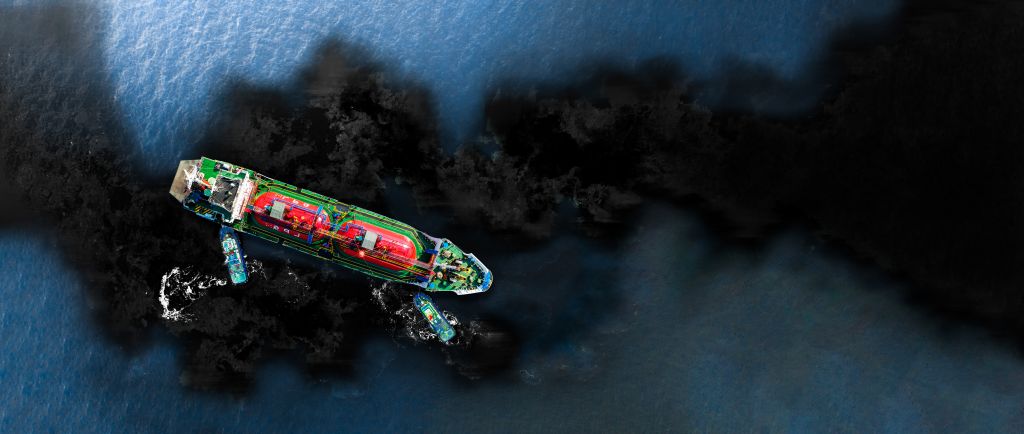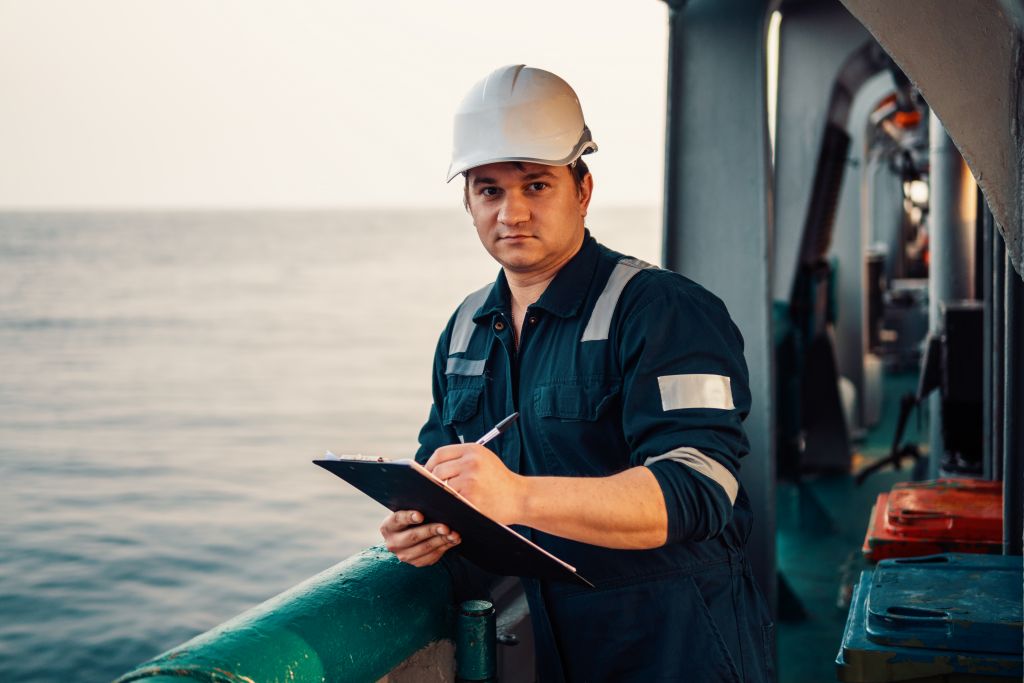Intro
Hazardous environments are inherent to Oil and Gas operations, especially in offshore locations. Their dangerous conditions have constantly put workers and the environment at risk. Besides that, productivity is also threatened by the asset core activities, mainly affected by corrosion-generating processes. This worrying scenario requires an optimized method of risk management.
In this sense, AI plays a pivotal role in mitigating risk management concerns, and enhancing maintenance control by constantly monitoring the asset’s health. Despite that, there still are several nuances that contemplate the complexity of risk management in each operation. For this reason, let’s delve into the most important aspects of applying AI to risk management:
Concerns regarding risk management in the O&G Industry
Risk management encompasses a wide range of challenges, including equipment failures, accidents, and safety hazards. A single incident can result in massive financial losses, environmental damage, and damage to a company’s reputation. In this scenario, AI comes as a solution by providing information on the asset’s degradation state, enhanced anomaly identification, and forecasting maintenance plans.
Still, AI’s industrial application not only seeks to address improved asset performance but also a series of variables, such as environmental and health standards. In the same vein, pipelines, storage tanks, and offshore platforms are all vulnerable to corrosion, which may result in the asset’s underperformance and oil spills. This scenario implicates risks to the company’s reputation, the environment, and especially on-site workers.
Non-optimized risk management can turn a blind eye to potential fires, explosions, and other accidents, leading to scenarios that could be a threat to the environment. In this sense, O&G operations are bound to pollute oceans, harm marine life, and damage coastal ecosystems, which generates a negative public perception. This event may implicate financial losses and legal outcomes. For this reason, the industry needs an improved way of dealing with its dangerous conditions.

Besides that, offshore operations have to manage restrictions on People on Board (POB) numbers, which addresses the most valuable resource O&G companies have, their human expertise. The deployment of professionals to remote and risky environments involves considerable costs and exposes them to various dangers. These concerns encompass the remote location of the asset, difficult-to-access areas, hazardous activities, unpredictable weather conditions, and isolation from their families for extended periods.
Therefore, the oil and gas industry needs to face a number of challenges. A single incident can have a devastating impact on the company’s reputation, the environment, and on-site workers. This is why AI plays a pivotal role in enhancing asset performance, helping to identify potential problems early on and improving the company’s risk management.
How is risk traditionally managed within the O&G industry?
Traditionally, risk in the O&G industry has been addressed with a preliminary risk analysis (PRA), a report that showcases causes, effects, and mitigation options for a specific problem. It may seem like an effective solution, but it involves reporting minimal errors from a 100.000m²+ facility, which leads to an extensive process that allocates dozens of professionals in hazardous environments and may result in inaccuracy.
Despite PRAs being a useful tool for reporting anomaly inspections, they still lack the reliability that an AI-integrated process delivers. Those involve informing every anomaly in paper reports that can reach 500+ pages, displaying low capability to visualize the problem and its ramifications. Beyond that, these reports take months to be completed, not considering the time it takes to develop and execute a maintenance plan.
Because of that, an enhanced way of handling risk needs to arrive at the O&G industry. Companies that process thousands of barrels of oil can’t afford to expose their operations to these degrading vulnerabilities. In this context, AI-driven risk management is transforming the industry, delivering a much more accurate and faster approach that takes into account the characteristics and bottlenecks of each operation.
How is AI enhancing risk management?
Within this dicey scenario, AI comes as a solution for mitigating risks and preventing possible errors from becoming harmful outcomes. To do so, it uses a series of tools such as algorithms, reality capture, and 3D models, delivering a much more accurate and reliable result than manual report inspections. In this sense, AI-driven risk management is not replacing human workers, but freeing them to execute more creative and well-informed tasks while avoiding safety risks.

In these conditions, operators have the capacity to make more data-driven decisions with much more visualization of the asset’s conditions, centralizing more than 500 PRA pages, data, and other reports necessary. By integrating Machine Vision, Deep Learning, and Forecasting algorithms, AI is allowing traceable and auditable diagnosis that can automatically schedule maintenance plans. This technology indicates the best possible actions considering time constraints, budget, and POB limitations, guaranteeing safer, cheaper, and more sustainable inspections.
AI-powered inspections are allowing companies to improve efficiency while addressing complex subjects such as risk management. In this context, AI platforms such as Vidya are enhancing risk mitigation through drone inspections, safety training, safety rules compliance, and a contextualized database. This new risk management method delivers protective measures to the environment and on-site workers at the same time it improves the operation’s cost-efficiency results.
By performing the inspection digitally with Vidya’s platform, it becomes much easier to integrate equipment data, visualize possible risks to the operation, and identify corrosion anomalies throughout the asset. This process not only improves risk monitoring but also saves $965,000 per year in POB, rework, and M/H planning for coating activities.
Conclusion
AI-driven risk management is revolutionizing the Oil and Gas industry by enhancing safety, efficiency, and environmental protection. It enables proactive measures to address potential hazards, ensuring the environment’s and on-site workers safety while improving the company’s results. For this reason, the future of risk management in O&G is undoubtedly shaped by integrating AI technologies to human expertise.



